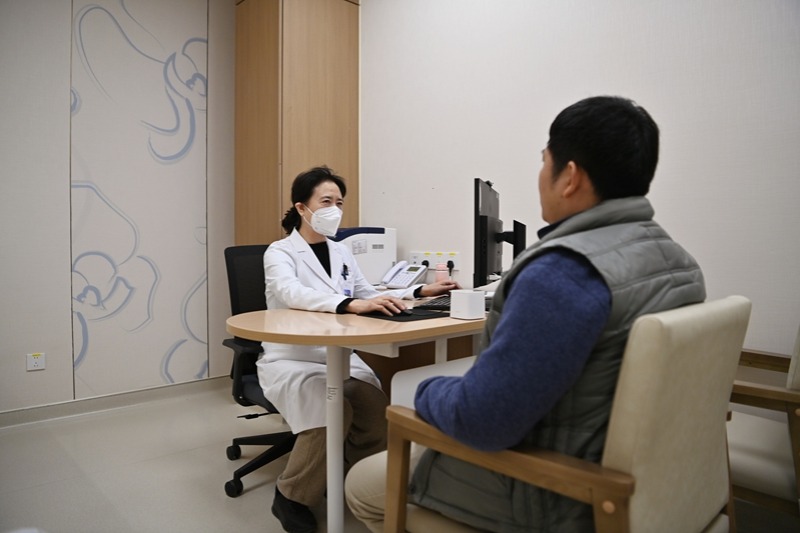Authorities say no epidemic situation persists ahead of holiday

China's overall epidemic situation during the five-day May Day holiday, which begins on May 1, is expected to remain stable and under control, health authorities said on Tuesday. However, they urged heightened vigilance against mosquito-borne illnesses, intestinal infections and imported cases of mpox.
Xi Jingjing, spokeswoman for the National Disease Control and Prevention Administration, said during a news conference that southern provinces will soon enter the peak season for mosquito-borne diseases, with the risk of localized infection clusters increasing in May.
Common mosquito-borne illnesses include malaria, dengue fever, Japanese encephalitis and yellow fever.
Xi noted that while cases of measles and COVID-19 have risen slightly, their overall prevalence remains low and within expected levels. Norovirus infections are projected to gradually decline.
At the same time, cases of hand-foot-and-mouth disease and other intestinal infections are increasing as their typical peak season approaches.
"It is important to closely monitor and guard against imported cases of the clade Ib variant of mpox and the heightened risk of local transmission triggered by international travel," Xi said.
Compared with clade Ia mpox, the clade Ib variant is more contagious but less deadly. The variant began spreading outside Africa in July last year, prompting the World Health Organization to declare a global health emergency in August.
This year, China reported its first clade Ib variant case in January. The infection cluster was traced to a foreign traveler who had visited the Democratic Republic of the Congo, where the variant was first identified. Four domestic cases were later confirmed among close contacts of the traveler.
Tuesday's briefing was held in advance of National Children's Vaccination Day, observed annually on April 25. The event aims to promote awareness about immunization and highlight the importance of expanding coverage under the nation's free vaccination program.
China's national immunization program now includes 14 types of vaccines that protect against 15 diseases. The overall vaccination rate stands above 90 percent.
Thanks to the program, China has eradicated smallpox, and has reported no polio cases for 30 consecutive years and no diphtheria cases for 20 years, said Li Xiaocui, deputy director of the administration's immunization department.
The hepatitis B surface antigen positivity rate among children under age 5 has dropped by more than 90 percent, and neonatal tetanus has been eliminated. The incidence of measles remains below one per 1 million, while hepatitis A, Japanese encephalitis and epidemic meningitis continue to occur at low levels.
Last year, the country saw a sharp increase in whooping cough cases, prompting authorities to adjust the immunization schedule at the beginning of this year.
Wang Huaqing, chief immunization planning expert at the Chinese Center for Disease Control and Prevention, said the whooping cough situation has since stabilized. As of Sunday, about 16,900 cases had been reported nationwide this year, a significant decline from the same period last year.
"Local authorities have implemented the updated vaccination schedule, and the transition has gone smoothly. We will evaluate the new plan later this year," Wang said.
Li said the national immunization program will continue to evolve, with efforts underway to improve disease monitoring, enhance vaccination services and support the development of multivalent and novel vaccines.
"Adjusting the strategy requires comprehensive consideration of disease control needs, disease burden, vaccine characteristics, production capacity, cost-effectiveness, funding and alignment with the current immunization schedule," she said. "We also factor in recommendations from international organizations and best practices from other countries."
Research and assessments on future adjustments are currently being accelerated, Li added.
wangxiaoyu@chinadaily.com.cn





































